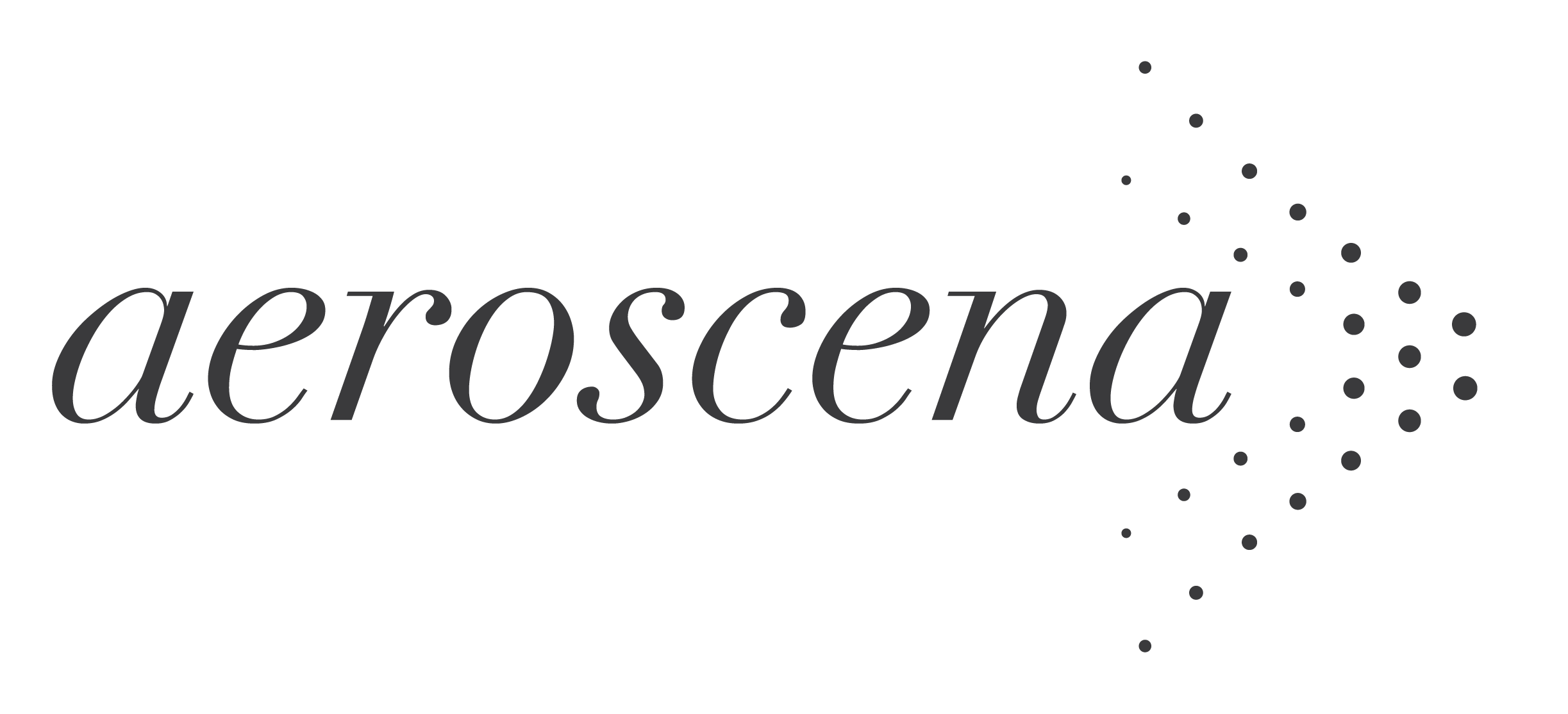Ginger-Mechanism of Action in Chemotherapy-Induced Nausea and Vomiting: A Review
Crit Rev Food Sci Nutr. 2015 Apr 7:0. [Epub ahead of print]
Marx W(1), Ried K, McCarthy AL, Vitetta L, Sali A, McKavanagh D, Isenring E.
Author information:
(1)a Centre of Dietetics Research, University of Queensland , St Lucia , QLD ,
Australia .
Despite advances in anti-emetic therapy, chemotherapy-induced nausea and vomiting (CINV) still poses a significant burden to patients undergoing chemotherapy. Nausea, in particular, is still highly prevalent in this population. Ginger has been traditionally used as a folk remedy for gastrointestinal complaints and has been suggested as a viable adjuvant treatment for nausea and vomiting in the cancer context.Substantial research has revealed ginger to possess properties that could exert multiple beneficial effects on chemotherapy patients who experience nausea and vomiting. Bioactive compounds within the rhizome of ginger, particularly the gingerol and shogaol class of compounds, interact with several pathways that are directly implicated in CINV in addition to pathways that could play secondary roles by exacerbating symptoms. These properties include 5-HT3, substance P and acetylcholine receptor antagonism; anti inflammatory properties; and modulation of cellular redox signalling, vasopressin release, gastrointestinal motility, and gastric emptying rate. This review outlines these proposed mechanisms by discussing the results of clinical, in vitro and animal studies both within the chemotherapy context and in other relevant fields.
The evidence presented in this review indicates that ginger possesses multiple properties that could be beneficial in reducing chemotherapy-induced nausea and vomiting.
PMID: 25848702 [PubMed - as supplied by publisher]

